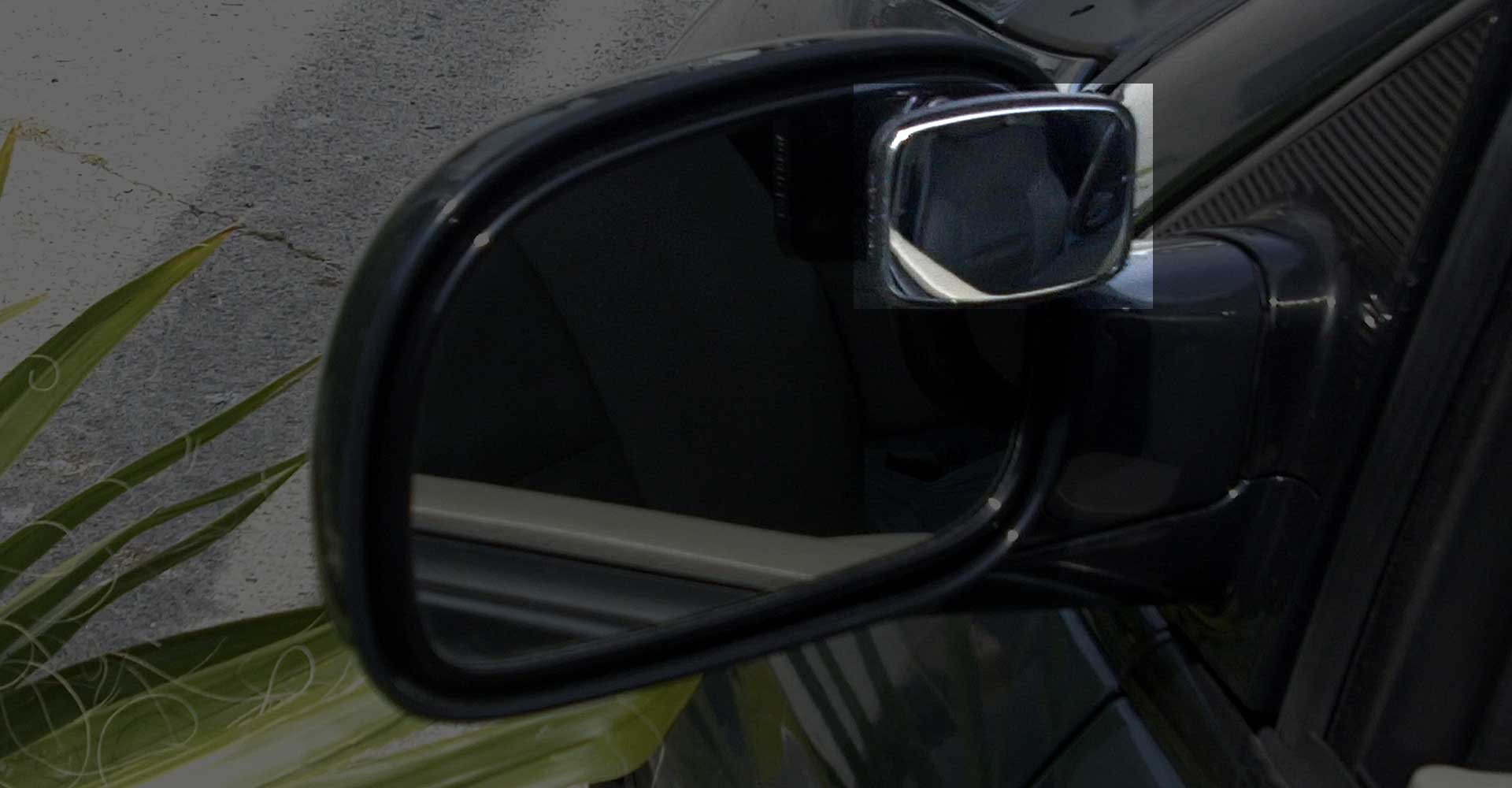
When you start driving you tend to get into certain habits that you are either taught or you learn over time. If you have ever gone to make a lane change and been blasted by the shaken motorist in your blind spot then you start to make changes to the way you might carry that out in future. This is also true if you happen to be that shaken motorist who is sitting in another vehicles blind spot when they try to make a lane change without seeing you. If you are lucky you wont have contributed to the countries statistics on lane change collisions. It seems that this is something that almost every motorist on our roads has trouble with and there have been few ways to get around it.
That was until the blind spot mirror was developed. You have probably seen them they are the fish eye or bubble mirrors that are common. These mirrors actually reduce the image in the mirror in size, and come with warnings like image may be closer than it appears. These mirrors are actually the cause of many of the lane change collisions as well. The problem is that drivers have to squint and strain to make out the object or vehicle int he reflection and then they have to try and accurately guess how far they are away from them in order to safely make the lane change.
It probably comes as no surprise that many of us are not great at guessing this distance very accurately. In fact many of the vehicles involved in lane change collisions have these types of mirrors fitted. That was when MaxiView blind spot mirrors came up with the most logical and effective designed blind spot mirror. MaxiView designed a mirror that enlarges images reflected by up to three times their actual size, allowing drivers ample time to determine if the lane change is safe or not.
